Recommended sushi restaurants in Tochigi, Japan
-

Umaizushi Kan Utsunomiya Bell Mall Branch
Sushi restaurant in Tochigi [SUSHILIVE comment] -



Nu Sushi Hatsuki
Sushi restaurant in Tochigi [SUSHILIVE comment] -



Sushi Zammai Utsunomiya Station
Sushi restaurant in Tochigi [SUSHILIVE comment] -



Sushi Night Yagisawa
Sushi restaurant in Tochigi [SUSHILIVE comment] -



going in the same direction
Sushi restaurant in Tochigi [SUSHILIVE comment] -



Suginoya Honjin Utsunomiya Minami
Sushi restaurant in Tochigi [SUSHILIVE comment] -



NIKUGEN Utsunomiya Station East Exit Store
Sushi restaurant in Tochigi [SUSHILIVE comment] -



Sushi Hana Tei Nagaoka Branch
Sushi restaurant in Tochigi [SUSHILIVE comment] -



Uobei Nishikawada Store
Sushi restaurant in Tochigi [SUSHILIVE comment] -



Uobei Utsunomiya Inter Park Store
Sushi restaurant in Tochigi [SUSHILIVE comment] -



Sutaminataro Utsunomiya Nishikawada
Sushi restaurant in Tochigi [SUSHILIVE comment] -



Tsumugian (formerly known as Saishoku Club Tsumugi)
Sushi restaurant in Tochigi [SUSHILIVE comment] -



path in a field
Sushi restaurant in Tochigi [SUSHILIVE comment] -



Sushi Inaka
Sushi restaurant in Tochigi [SUSHILIVE comment] -



Seimiya Grand Cafeteria
Sushi restaurant in Tochigi [SUSHILIVE comment] -



Hyotanzushi (gourd sushi)
Sushi restaurant in Tochigi [SUSHILIVE comment] -



Hisa (Kyu)
Sushi restaurant in Tochigi [SUSHILIVE comment] -



Naka River Sushi
Sushi restaurant in Tochigi [SUSHILIVE comment] -



Sushi Kappou Iijima
Sushi restaurant in Tochigi [SUSHILIVE comment] -



Sushi Aji of the Four Seasons Shion
Sushi restaurant in Tochigi [SUSHILIVE comment] -



Kinka Saba (mackerel), Warayaki, Sushi, Kinji
Sushi restaurant in Tochigi [SUSHILIVE comment] -



Kiyo (Kiyo [former name] Kiyo Sushi)
Sushi restaurant in Tochigi [SUSHILIVE comment] -



Haguro Sushi
Sushi restaurant in Tochigi [SUSHILIVE comment] -



Hamazushi Utsunomiya Imaizumi
Sushi restaurant in Tochigi [SUSHILIVE comment] -



A Taste of the Four Seasons TAMA SUSHI
Sushi restaurant in Tochigi [SUSHILIVE comment] -



Sushi Hana Tei Yanase Branch
Sushi restaurant in Tochigi [SUSHILIVE comment] -



Kaizantei Ichiban Kanuma
Sushi restaurant in Tochigi [SUSHILIVE comment] -



Sushi no Tamaruke TAMARUYA TADOROKU
Sushi restaurant in Tochigi [SUSHILIVE comment] -



Hamazushi Inter Park
Sushi restaurant in Tochigi [SUSHILIVE comment] -



home town
Sushi restaurant in Tochigi [SUSHILIVE comment]
Recommended conveyor belt sushi restaurants in Tochigi, Japan
-



Kura Sushi Utsunomiya Interpark Store
Sushi restaurant in Tochigi [SUSHILIVE comment] -



Kura Sushi Utsunomiya Tsuruta Branch
Sushi restaurant in Tochigi [SUSHILIVE comment] -



Kura Sushi Sano Takahagi Store
Sushi restaurant in Tochigi [SUSHILIVE comment] -


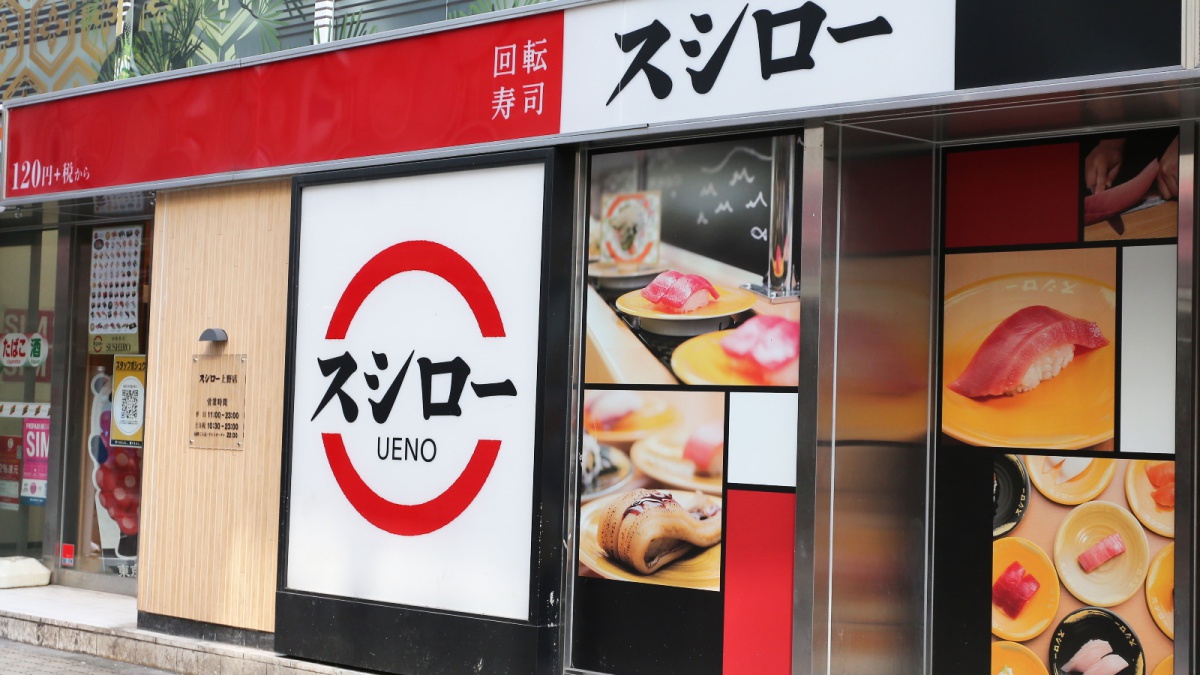
Sushiro hill
Sushi restaurant in Tochigi [SUSHILIVE comment] -


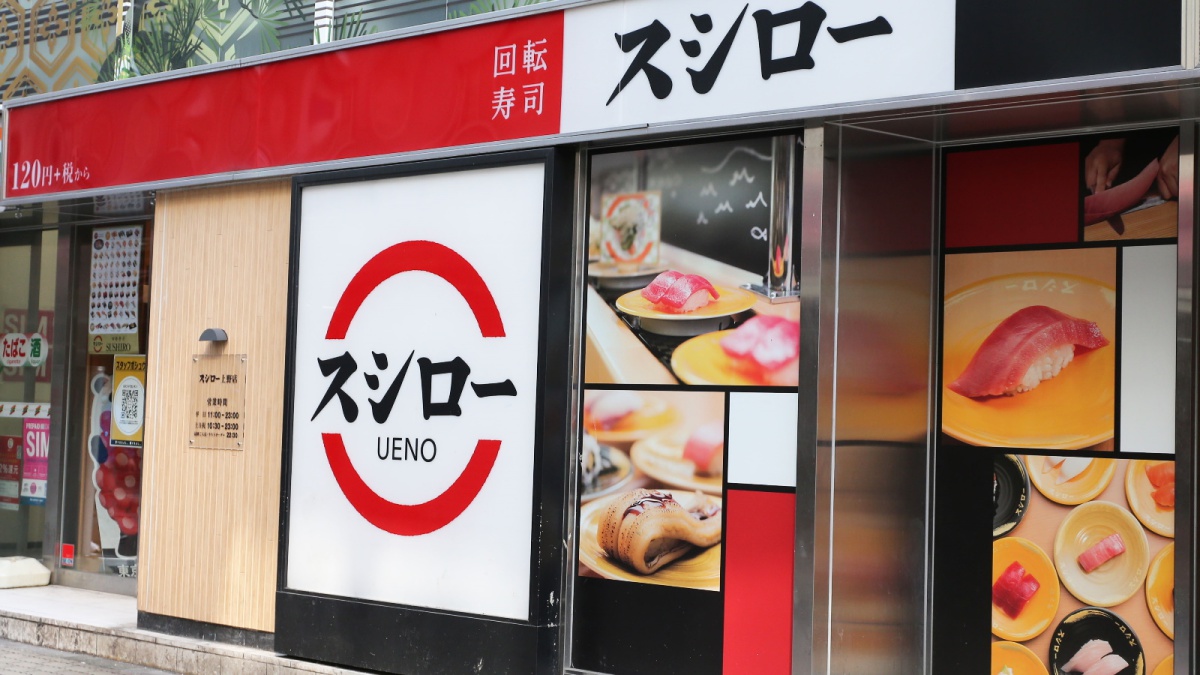
Sushiro Utsunomiya Imaizumi
Sushi restaurant in Tochigi [SUSHILIVE comment] -


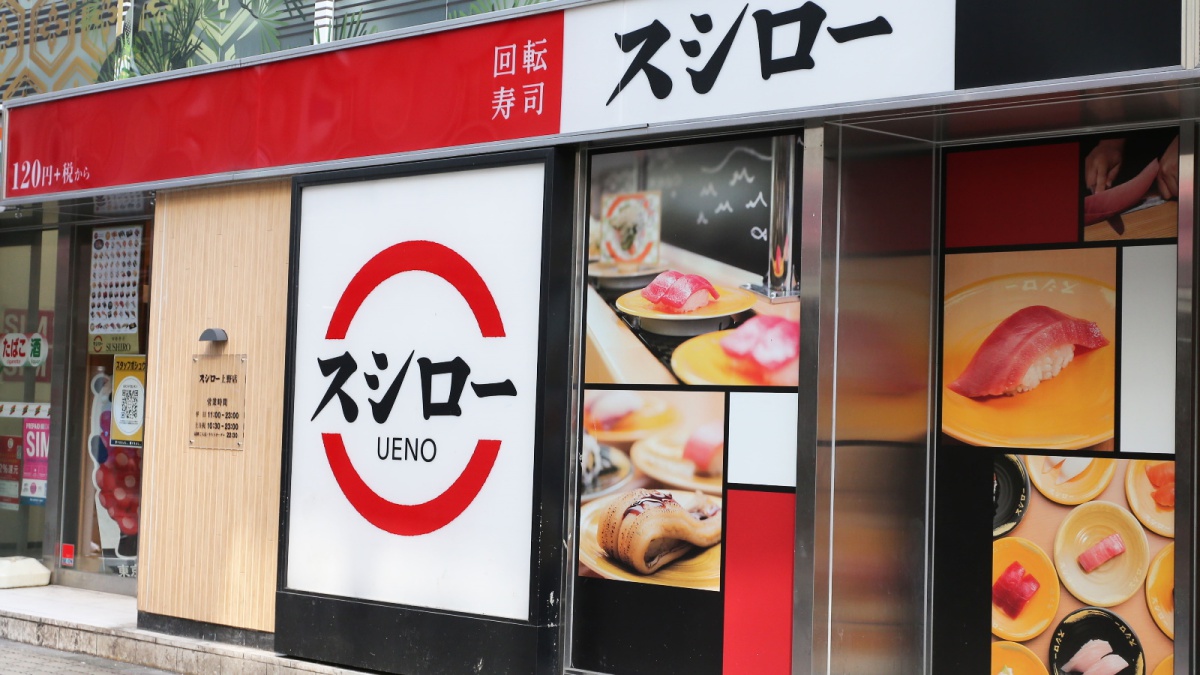
Sushiro Utsunomiya Tsuruta
Sushi restaurant in Tochigi [SUSHILIVE comment] -


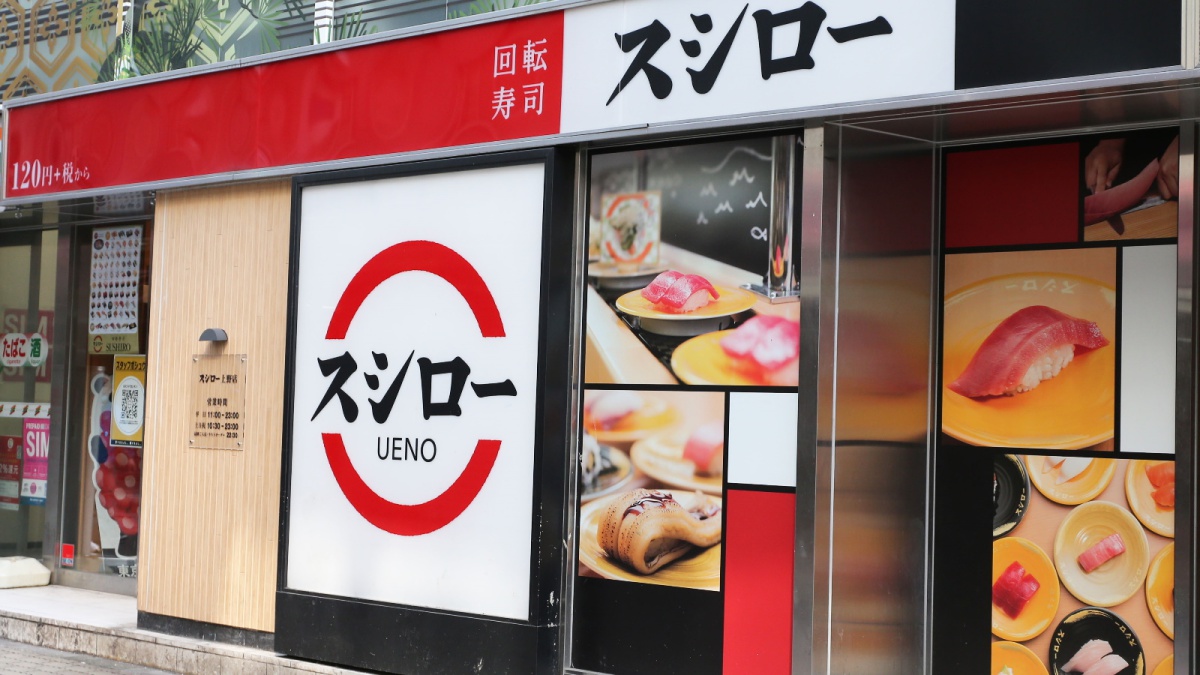
Sushiro footprints
Sushi restaurant in Tochigi [SUSHILIVE comment] -


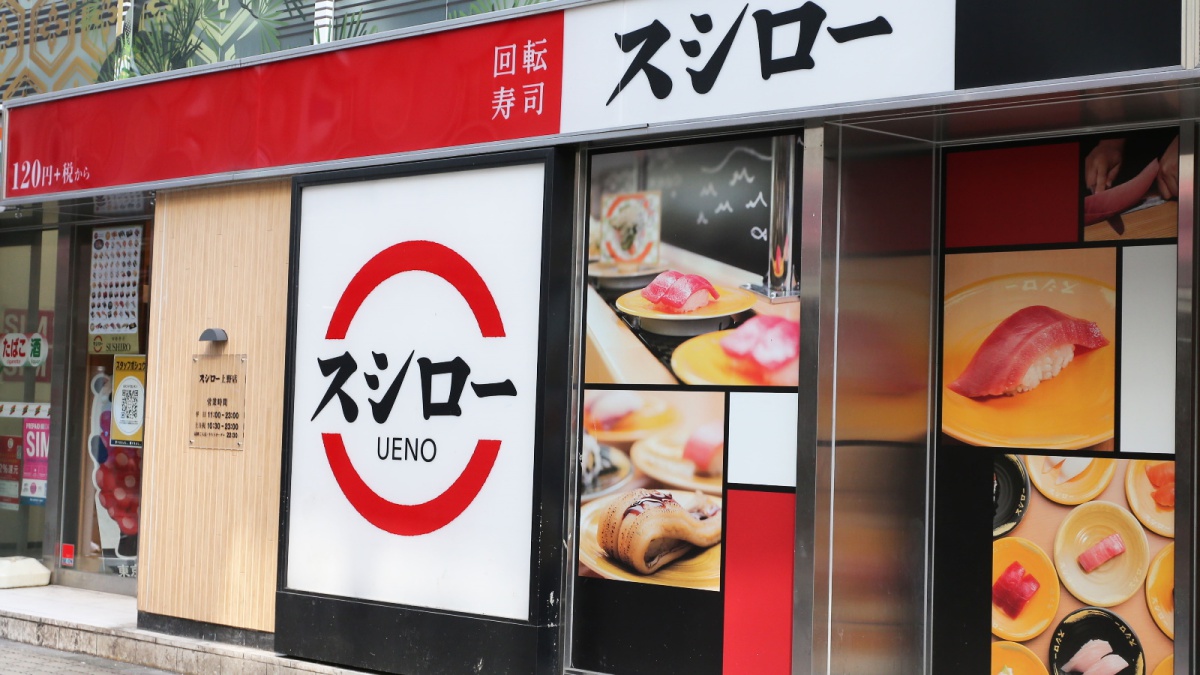
Sushiro Sano Bridge
Sushi restaurant in Tochigi [SUSHILIVE comment] -


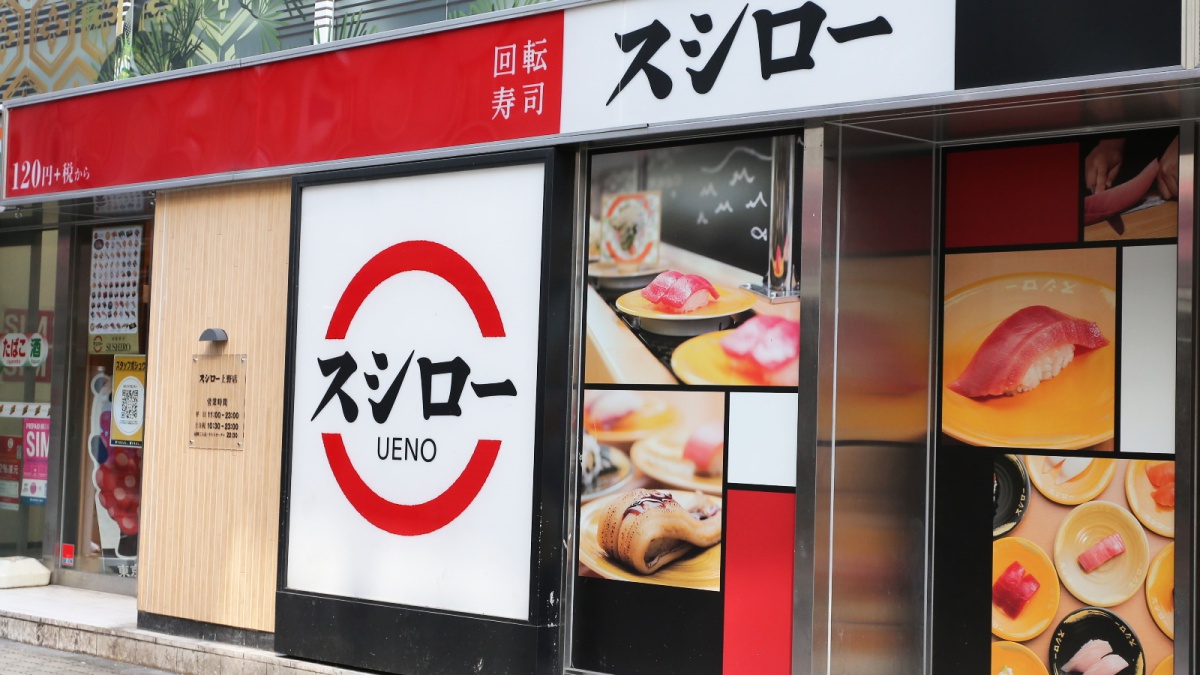
Sushiro Tochigi Hakomorimachi
Sushi restaurant in Tochigi [SUSHILIVE comment] -


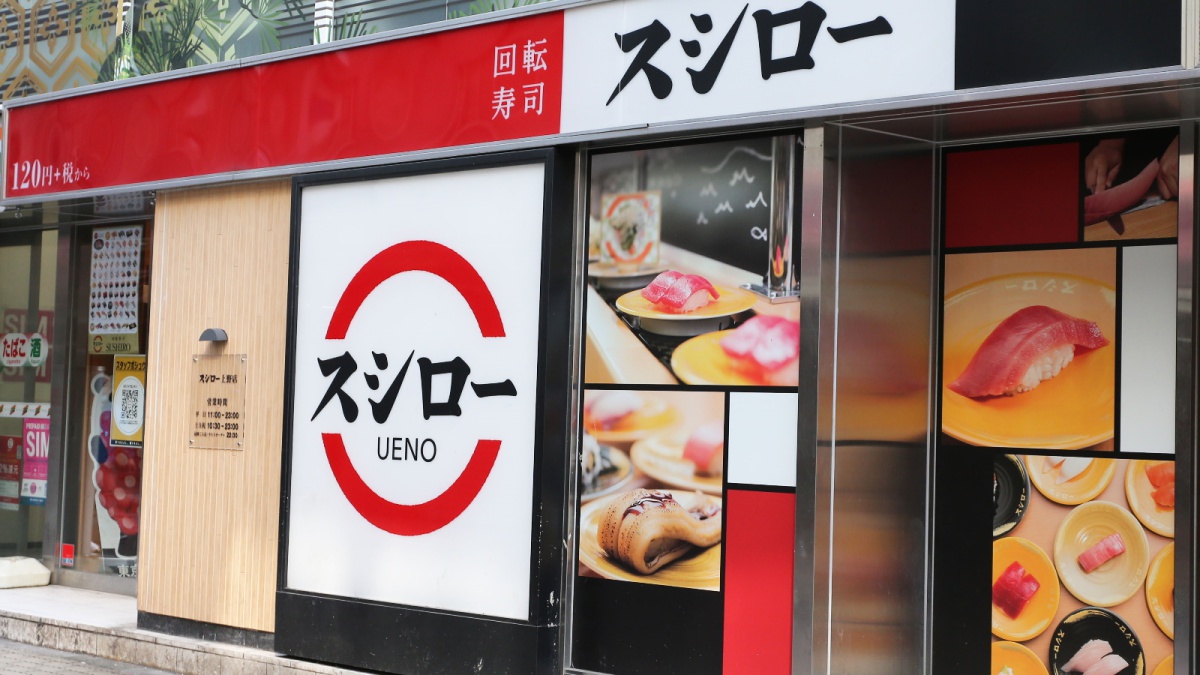
Sushiro wavy bittercress
Sushi restaurant in Tochigi [SUSHILIVE comment] -


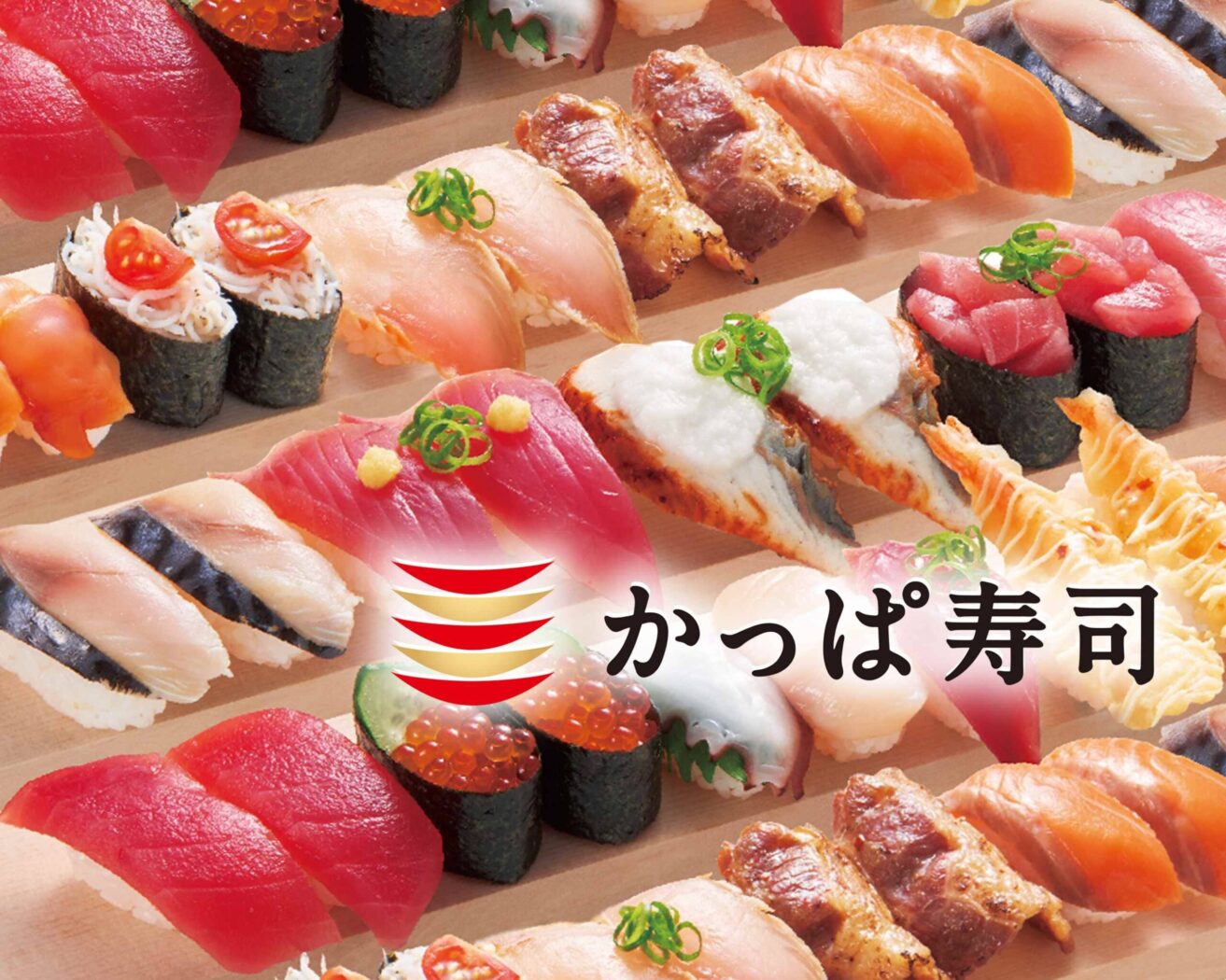
Kappa sushi Kuroiso Store
Sushi restaurant in Tochigi [SUSHILIVE comment] -


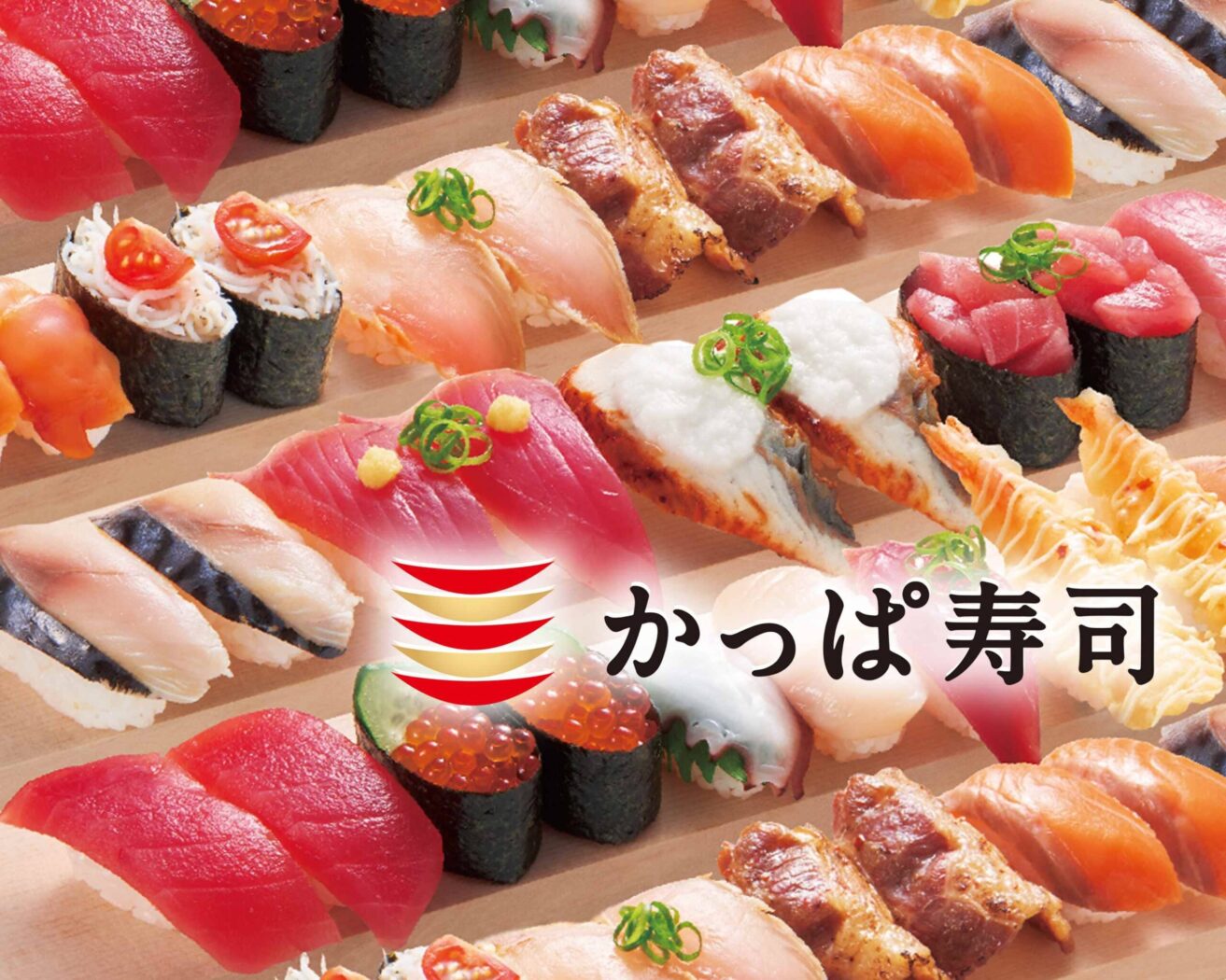
Kappa sushi Sano Store
Sushi restaurant in Tochigi [SUSHILIVE comment] -


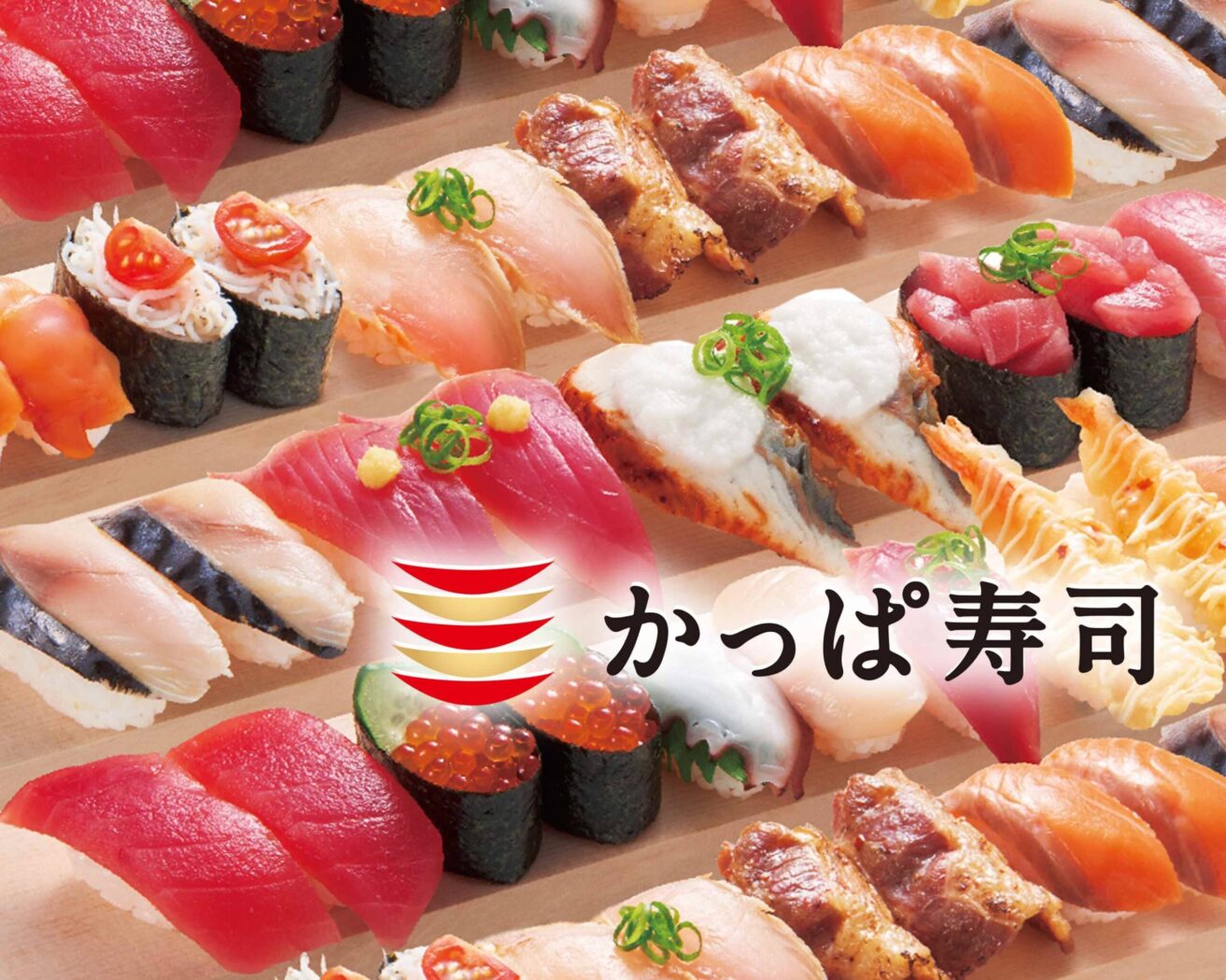
Kappa sushi Nishina Shuno Store
Sushi restaurant in Tochigi [SUSHILIVE comment] -


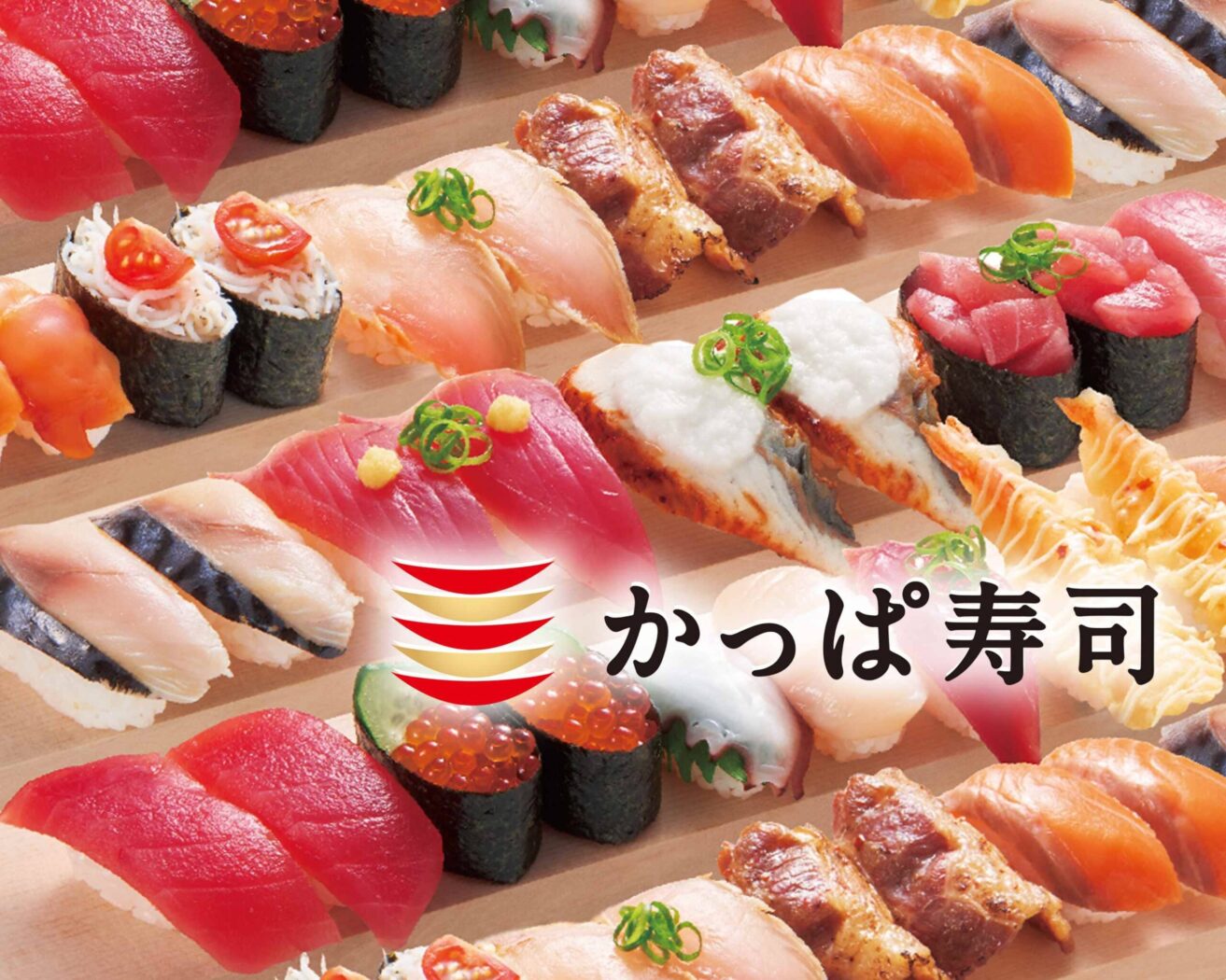
Kappa sushi Tochigi Store
Sushi restaurant in Tochigi [SUSHILIVE comment]
Characteristics of Tochigi’s Cuisine
Rich Nature, History, and Culture: The City of Tochigi
Surrounded by mountains including the Nikko mountain range, Tochigi Prefecture features distinct geographical characteristics between its northern and southern parts. The northern area is centered around mountainous regions, characterized by rich forest resources and beautiful natural landscapes. On the other hand, the southern part extends into the Kanto Plain, where agriculture and industry are thriving.
With a population of about 2 million people, the prefecture hosts several core cities including Utsunomiya, the prefectural capital, as well as Ashikaga and Sano. In recent years, there has been an increase in people relocating from Tokyo, enhancing its role as a bedroom community for the metropolitan area.
Economically, agriculture, industry, and the service sector are the main industries. Agriculture produces nationally renowned brands such as rice, wheat, strawberries, and green onions. The industrial sector is active in automobile-related industries and electronic device manufacturing. Recently, the IT and tourism industries have also been highlighted as growing sectors.
Thus, Tochigi Prefecture is a land of diverse landscapes woven by mountains and plains, where various industries such as agriculture, industry, and services are well-balanced, showcasing its socio-economic characteristics.
The Charm of Tochigi: Nature, History, and Water
Enriched with abundant nature and surrounded by mountains, Tochigi Prefecture has been inhabited since ancient times, as indicated by the numerous Jomon period archaeological sites and burial mounds. This land, which has been a significant hub for people since ancient times, has produced historical figures such as Fujiwara no Kamatari, who contributed to the relocation of the capital to Heijo-kyo, and Minamoto no Yoritomo, the founder of the Kamakura shogunate. During the Edo period, many shrines and temples, including Nikko Toshogu, were established, thriving as post towns along the Nikko Reiheishi Kaido.
Given this historical background, Tochigi Prefecture is home to numerous valuable cultural assets. Visiting spots like the World Heritage Site Nikko Toshogu and the national important cultural property Utsunomiya Castle Site allows visitors to imagine the historical scenes.
In recent years, there has been an increase in spots offering diverse activities, such as tourism leveraging the rich natural environment, agricultural experiences, and traditional craft experiences. These opportunities allow visitors to fully enjoy the charm of Tochigi, whether through embracing the majestic nature or delving into its historical and cultural depth.
Tochigi’s Food Culture: A Blend of Tradition and Innovation
Tochigi Prefecture’s food culture, nurtured by its rich nature and history, ranges from traditional local cuisines to innovative dishes gaining attention in recent years.
“Shimotsukare,” a cherished preserved food made from ingredients like radish, konnyaku, and salmon pickled in sake lees, is a rustic delicacy symbolizing Tochigi’s winter. On the other hand, creative dishes using local ingredients, such as “Nasunogahara Wagyu” beef and dishes featuring green onions, which the prefecture is famous for, are emerging, offering new culinary experiences that rediscover the region’s charm.
Tochigi is also known for its thriving sake brewing industry, making the pairing of local sake with dishes another delightful experience. From traditional local cuisines to innovative creations, the diverse food culture of Tochigi, complemented by the enjoyment of sake pairings, allows for a deeper appreciation of the region’s allure.
Tochigi’s Unique Sushi Culture, Born from Mountains
As a landlocked prefecture, Tochigi might seem distant from sushi culture. However, its rich natural environment and history have fostered a unique sushi culture.
During the Edo period, Utsunomiya flourished as a post town on the Nikko Reiheishi Kaido, where marine products and Edo-mae sushi culture were introduced, and many sushi restaurants still exist today. In the upper reaches of the Kinugawa River, “funa-zushi,” a fermented sushi made from salt-pickled ayu, has been a traditional preservation food. This sushi, a blend of rice and radish fermented together, is cherished as a unique delicacy of the mountainous regions.
Recently, creative sushi using local ingredients has emerged throughout the prefecture. For example, sushi featuring “Nasunogahara Wagyu” from Nasu Highlands and rolls filled with “shimotsukare” from Sano City offer distinctive local flavors.
Thus, Tochigi Prefecture is alive with a landlocked region’s sushi culture, where creativity and innovation have spawned a variety of sushi experiences.
Tochigi’s Diverse Local Specialties, Nurtured by Rich Nature and History
Blessed with natural beauty such as the Nikko mountain range and Nasu Highlands, Tochigi Prefecture has supported people’s lives with various local specialties from ancient times.
In agriculture, nationally famous brands of rice, wheat, strawberries, and green onions are produced in abundance. Tochigi is particularly known as a leading producer of green onions, boasting the highest production volume in Japan.
In the livestock industry, “Nasunogahara Wagyu” beef and “Ukokkei,” one of Japan’s three major chicken breeds, are renowned. Nasunogahara Wagyu is characterized by its high-quality meat and beautiful marbling, raised in the rich natural environment.
Tochigi also has a wealth of traditional crafts, thanks to its many shrines and temples, including Nikko Toshogu. Nikko geta (clogs), Mashiko ware, and Sano’s indigo dyeing are among the regional crafts that have been passed down.
Thus, Tochigi Prefecture is home to diverse local specialties nurtured by its abundant nature and historical background. When visiting, be sure to explore the unique flavors and traditions of the local products.

